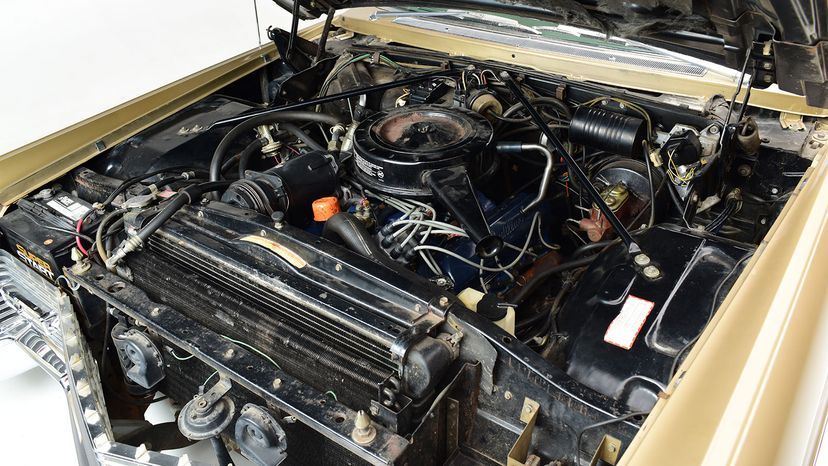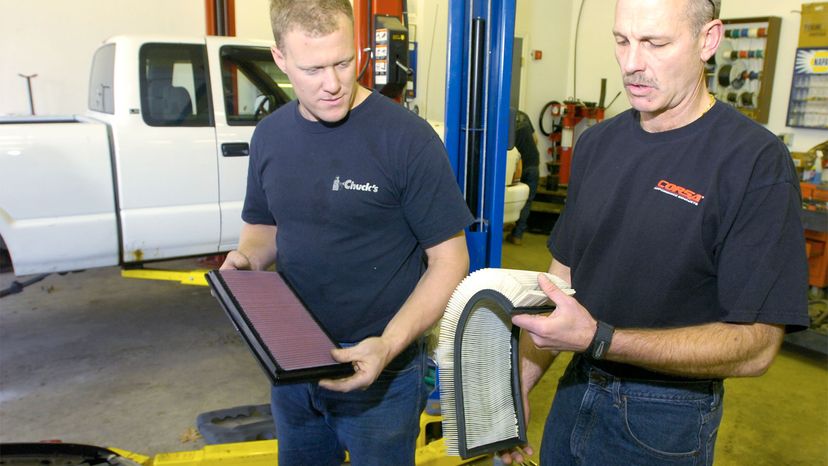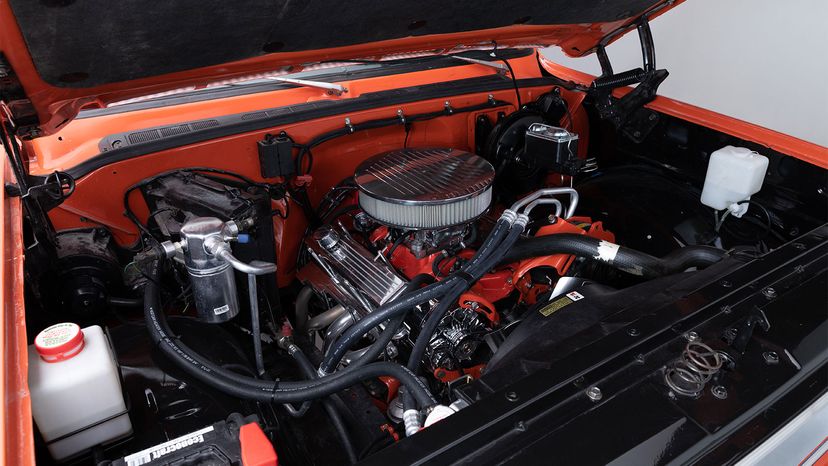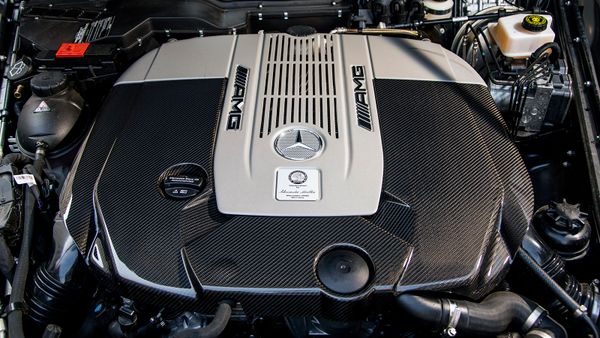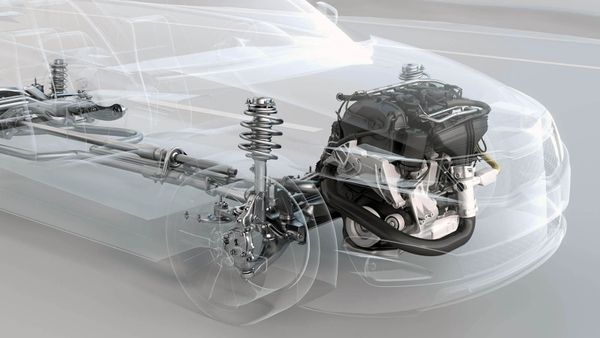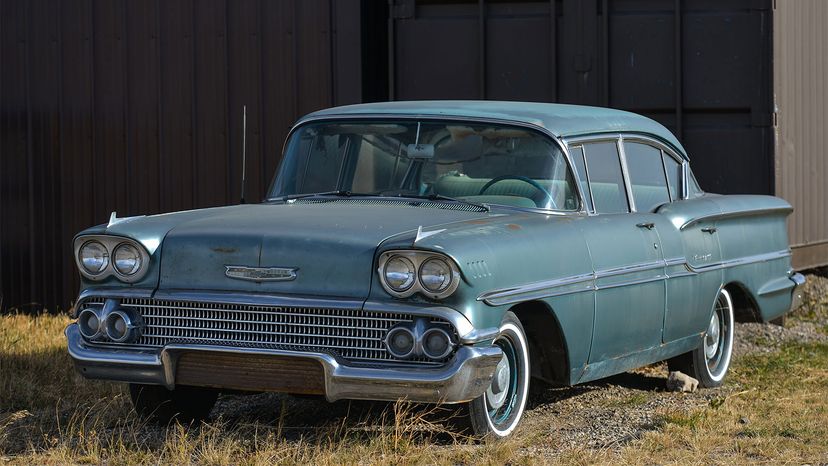
If you've ever had an old car sitting around for a while, you know that getting it started and back in running condition isn't always easy. Engines were made to run regularly. The longer they sit idle the more they can develop problems you'll have to deal with later.
Think of an old engine like your body. The less exercise you get the more your body gets used to not exercising and the harder it is to start working out. Your body may even be more likely to suffer injury because the muscles aren't used to that level of physical activity. A car works in a similar way. When the moving parts of an engine sit for too long and aren't used or properly lubricated they have a tendency to get stuck and become resistant to movement.
Advertisement
But the mechanical parts aren't the only things that go bad when a car sits around. Old oil, antifreeze and gasoline don't hold up well when sitting in an engine for months or even years. Fluids break down, seals leak and corrosion sets in on various parts of the engine. And the delivery systems that moves fluids like fuel and oil pumps, hoses and filters can all cause problems when starting an old engine. When your vehicle has been sitting unused, all of the fluids that once made the vehicle run may now be working hard against it.
An old engine may be difficult to get started, but it's not impossible. Every engine is different, but there are a few general techniques that can be used to get almost any engine in running condition once again. Just remember, it's likely that you'll have to use more than one technique listed here to get your engine started.
